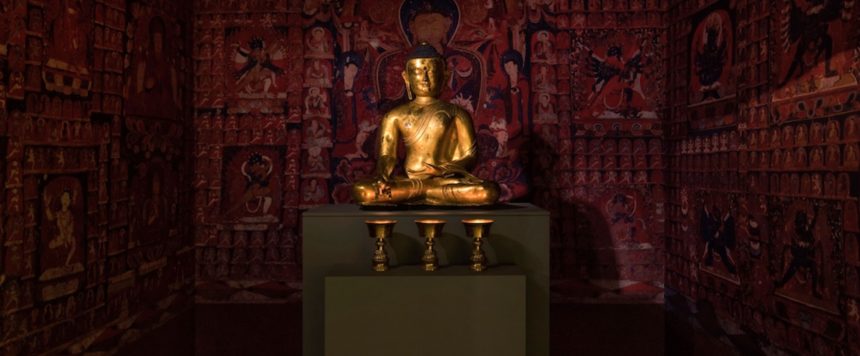What is a ‘Good Death’?
Having set out to discover that, researchers at the University of California, San Diego School of Medicine, recently published their findings in the American Journal of Geriatric Psychiatry.
They came up with 11 ‘core themes’: preferences for a specific dying process, pain-free status, religiosity/spirituality, emotional well-being, life completion, treatment preferences, dignity, family, quality of life, relationship with the health care provider and ‘other.’
‘Science Daily’ (31st March 2016) reports that three different groups were interviewed: patients, family members, and healthcare providers. The top three themes across all stakeholder groups were preferences for a specific dying process, pain-free status and emotional well being.
Serendipitously, this finding comes hot on the heel of the release of OSHO Bardo CD – a mindful approach to dying that is both a daily meditation practice and ‘a specific dying process.’
Research suggests, our society is increasingly secular, and many of us may long for an end-of-life process that doesn’t have a religious element. That is, one that is not based on beliefs or doctrines. The researchers’ findings suggest that if such a process included successful pain management and emotional wellbeing – that would be the icing on the cake. Just what the doctor ordered, so to speak!
Until now, perhaps the most well-known dying process is the Tibetan Buddhist scripture, the Bardo Thodol. OSHO refers to it as Tibet’s most significant contribution to the world. Read by a lama to a dying person the scripture’s basic message is to:
“simply let go of everything on your own accord. Relax, and accept death without any antagonism as a culmination of life, as a natural phenomenon. It ends nothing. Remain conscious and watch what is happening – how the body starts becoming more and more distant from you, how the mind starts falling into pieces as if a mirror has fallen and broken into pieces, how your emotions, sentiments, moods…everything that made your life starts disappearing. It is the end of a dream. That is the fundamental point in Bardo, that you have lived a dream that you call life, a seventy-year-long dream. It is coming to an end….
The Bardo Thodol is over 2500-years old: it was created for a particular time and a people of a certain culture and a specific religion. Osho sees the need for a contemporary version or a process like it, saying “Part of our basic work is to revive the Bardo in a more refined form so we can use it for our people. Tibet is no longer the same Tibet. But we can create the situation, the psychology, where Bardo – or something like Bardo but even far more evolved – can help people. It is a beautiful process.”
In response to Osho’s vision for a more evolved end-of-life approach, OSHO Bardo was created and has recently been released as a CD, soon to be available also as an mp3 download. Osho points out that telling people what is going to happen after death is like giving away a movie’s storyline. You destroy something that they should be allowed to discover for themselves. With this in mind, unlike the traditional approach that features detailed instructions, the guidance in this meditative process is open-ended and pragmatic.
This contemporary Bardo has an experiential approach – that is, it is not based on any belief but on the experience anyone can know who is deeply familiar with his or her inner reality. With its background of music and the guidance of a male and female voice, OSHO Bardo supports us in consciously relaxing and moving inside.
From our inner center, everything – including physical pain and emotional distress – appears very peripheral to us. Deeply relaxed and alert inside, we can just observe, from a distance, all that is happening.
For far from being a medical disaster, a personal tragedy, in Osho’s understanding dying is an event to be celebrated. After all, it is a release from the pain of an aged or diseased body. That understanding is reflected in OSHO Bardo: it creates a sense of serenity and, simultaneously, it is uplifting, even joyful.
It’s recommended to practice OSHO Bardo as a regular meditation. Not only valuable in daily life, it is also a rehearsal for dying. Then, when we are actively dying, the path of conscious relaxation and watching is already familiar, loved and welcomed.
To read this complete talk and see all the available media formats:
Osho, The Path Of The Mystic, Talk #7 – Between Two Dreams

